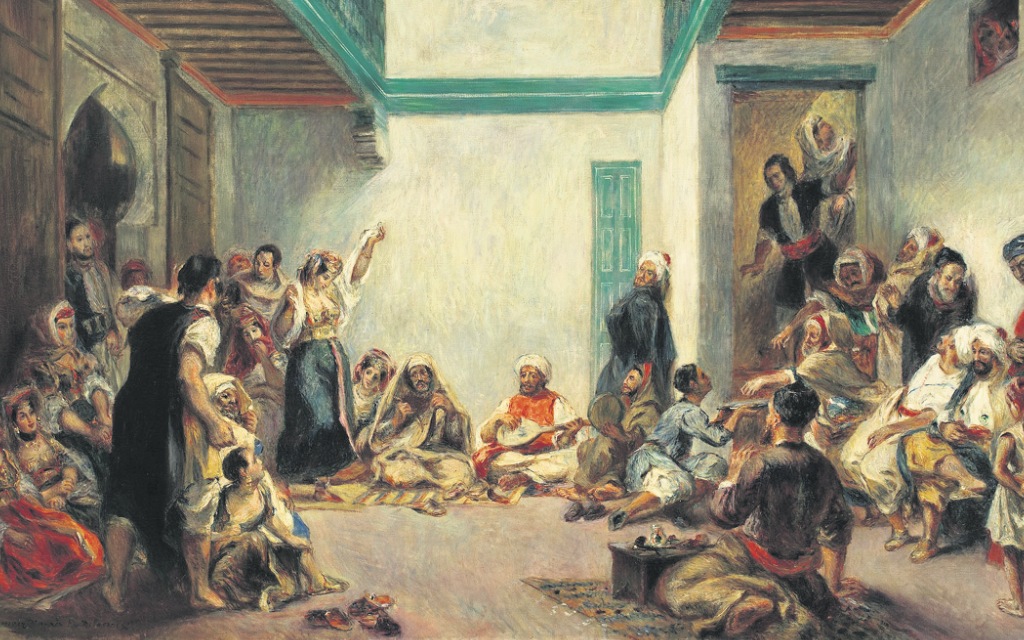Delacroix at the National Gallery does this magnificent painter a disservice

The National Gallery | ★★☆☆☆
Measuring the influence of one artist on another is no easy task, and the National Gallery fails to pull it off convincingly in this muddled and problematic exhibition. Curators attempt to trace the influence of Delacroix – best known as the romantic painter of the iconic Liberty Leading the People – over subsequent generations, relying heavily on piece-by-piece comparison. The result is an often tenuous collection of paintings that’s unhelpfully heavily on impressionists.
Direct comparison isn’t necessarily an issue in itself, but the evidence of influence presented here is often worryingly flimsy. We know that Delacroix reached the eyes of a generation of impressionists via a posthumous sale of his works in 1864; Cézanne for one was known to be “obsessed” with him. Yet to argue his 1877 painting Eternal Feminine “may have been influenced” by Delacroix’s Death of Sardanapaulus is unconvincing when there are few definitive similarities, either painterly or compositionally.
Similarly, a room dedicated to the prevailing influence of North Africa and the ‘Oriental’ suggests Renoir’s Arab Festival of 1881 “may well have reminded [him] of Delacroix’s Les Convulsionnaires de Tanger”, when their shared themes were common of the time. And while we’re at it, just because Delacroix’s flowers were displayed at the Paris Salon doesn’t mean there was a direct link with stylistically varied works by artists including Courbet, Redon, Bazille, Van Gogh and Renoir.
There’s a case to be made for Delacroix’s influence in a more general, spiritual sense: the gloriously exaggerated colours, the loose rendering in flowing brushwork. He undoubtedly laid some of the groundwork for subsequent generations’ departure from naturalistic colours and modelling. But a more fulfilling exhibition might have focused more on the technical innovations Delacroix displayed in his painting, and then found reception in subsequent artists, instead of taking single works and searching for pieces that directly respond to them. As the first major survey of his work in a considerable time, this show does Delacroix no favours.
